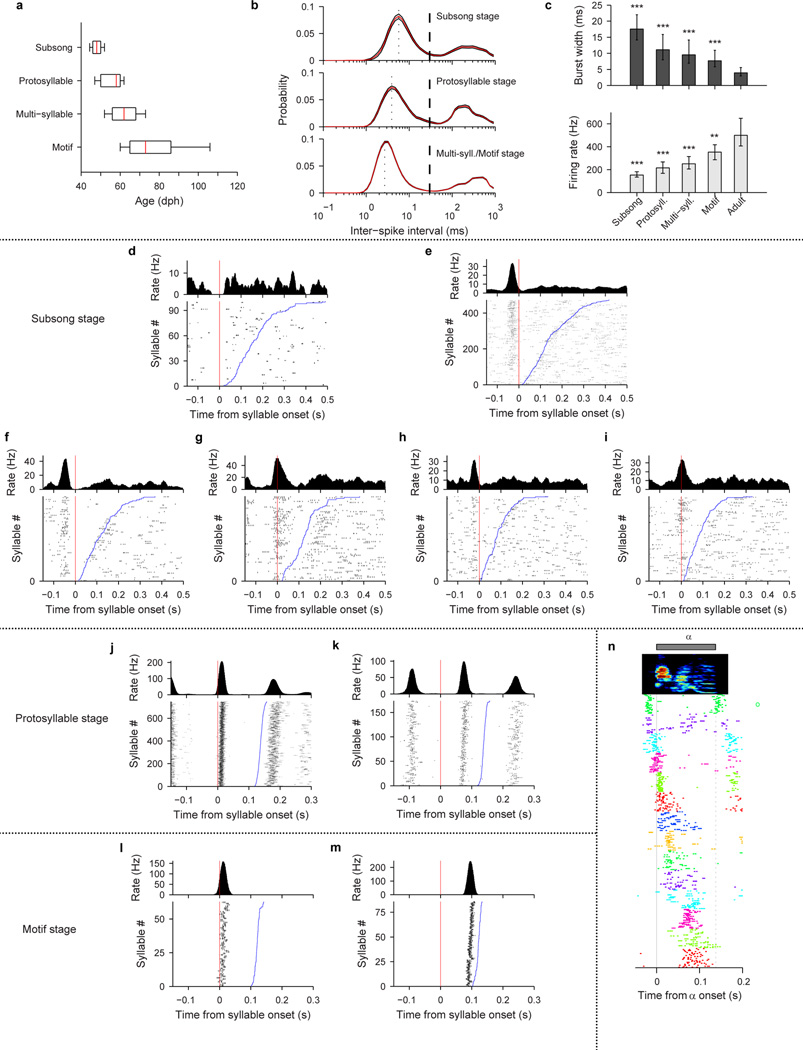Extended Data Figure 1. Bursting and syllable-locked activity in HVC projection neurons of juvenile birds.
a, Range of bird ages at which songs were classified at different developmental stages (Spearman’s rank correlation between age and stage ρ=0.61; red line indicates the median, box indicates the 25–75 percentile, and whiskers indicate 10–90 percentile; n=12, 13, 18, 6 birds, respectively; n=39, 135, 566, 378 neurons, respectively). b, Interspike-interval (ISI) distributions (mean ± s.e.m.) of HVC projection neurons that exhibited spiking during singing, at three stages of vocal development (n=38, 130, 922 neurons). ISI distributions computed with logarithmic binning show bimodal structure: the peak around 3–5 ms indicates inter-spike intervals within bursts, and a broader peak around 100–400 ms indicates intervals between bursts (dashed line indicates the 30 ms threshold used for defining a burst; dotted line indicates peak). Note the refractory period below 1 ms. c, Burst width (top) and firing rate during bursts (bottom) as a function of developmental stage (median ± quartiles; n=39, 135, 566, 378, 32 neurons; **P<0.01, ***P<0.001 post-hoc comparison with adult stage).
d–i, Syllable-onset-aligned raster plots and histograms for neurons recorded during the subsong stage. Syllables are sorted from bottom to top by increasing syllable duration. d, Neuron that did not exhibit significant locking to subsong syllable onsets (HVCRA, 50 dph, Bird 7). e, Another neuron in the same bird (same neuron as in Fig. 1a; HVCRA, 51 dph). f–g, Two projection neurons recorded in a different subsong bird (both HVCX; 47 and 48 dph, respectively; Bird 9). Note different latencies of bursting. h–i, Two projection neurons recorded in a different subsong bird (both HVCX; 47 and 44 dph, respectively; Bird 10).
j–k, Syllable-onset-aligned raster plots and histograms showing strong locking to protosyllables (Bird 2). j, For the same neuron as in Fig. 1b (HVCRA; 62 dph). k, For another neuron (HVCRA; 65 dph).
l–m, Two neurons recorded in the motif stage (Bird 8). l, Neuron locked just after syllable onset (HVCX neuron; 61 dph). m, Same neuron as in Fig. 1c (HVCRA; 68 dph) showing locking late in the song syllable.
n, Population raster of 14 neurons aligned to protosyllable onsets (56–59 dph; Bird 1).

